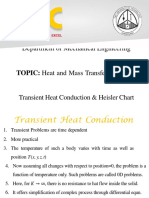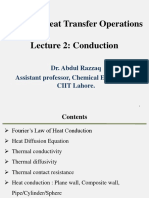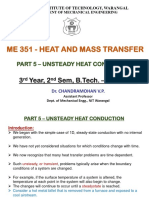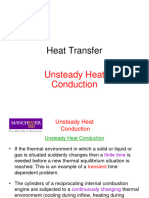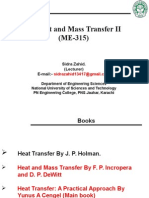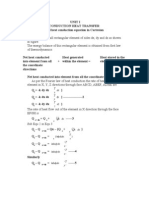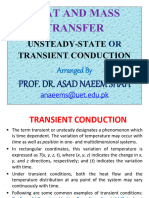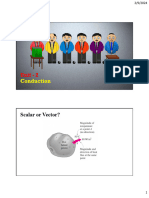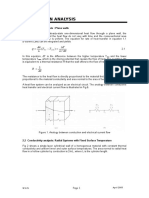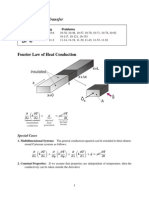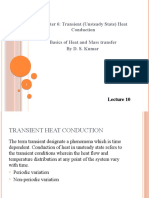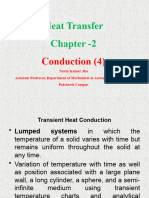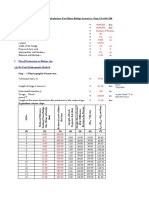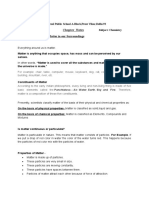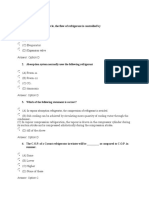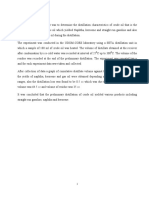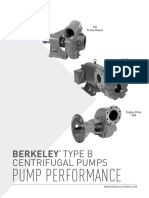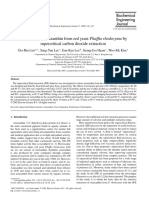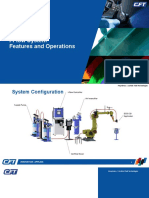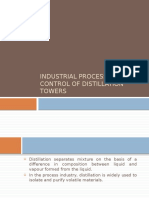0% found this document useful (0 votes)
19 views29 pagesHT Lecture 08 UnsteadyConduction
The document discusses methodologies for solving unsteady heat conduction problems, focusing on the lumped parameter formulation and Biot number. It explains the assumptions and equations involved in the lumped system approach, as well as the use of transient temperature charts for cases where this approximation is not valid. Additionally, it includes examples and calculations for practical applications of these concepts in heat transfer scenarios.
Uploaded by
MadhavCopyright
© © All Rights Reserved
We take content rights seriously. If you suspect this is your content, claim it here.
Available Formats
Download as PDF, TXT or read online on Scribd
0% found this document useful (0 votes)
19 views29 pagesHT Lecture 08 UnsteadyConduction
The document discusses methodologies for solving unsteady heat conduction problems, focusing on the lumped parameter formulation and Biot number. It explains the assumptions and equations involved in the lumped system approach, as well as the use of transient temperature charts for cases where this approximation is not valid. Additionally, it includes examples and calculations for practical applications of these concepts in heat transfer scenarios.
Uploaded by
MadhavCopyright
© © All Rights Reserved
We take content rights seriously. If you suspect this is your content, claim it here.
Available Formats
Download as PDF, TXT or read online on Scribd
/ 29
